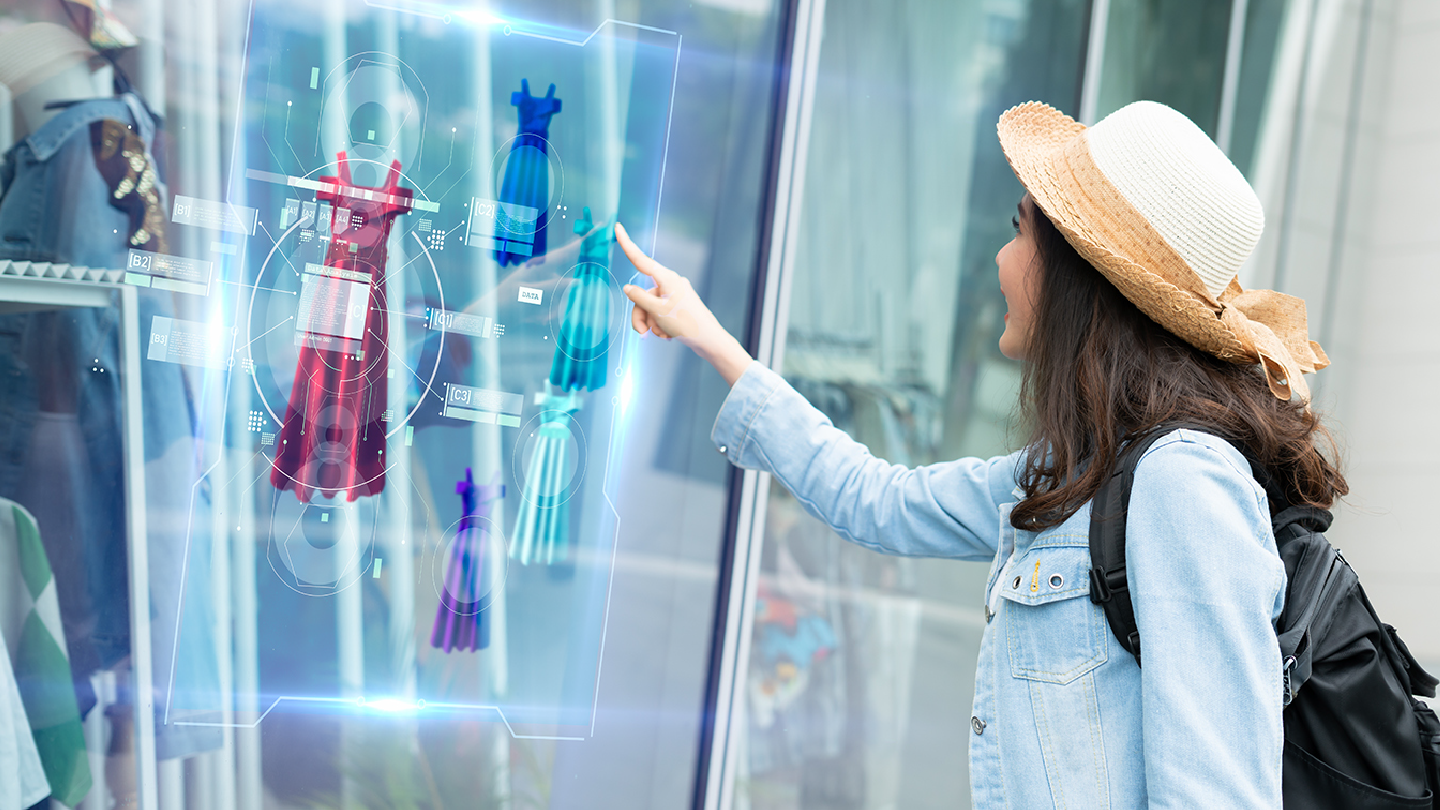Is experiential retail at odds with automation
Tyler Curtis

People spend more in-store than they do online. In fact, when looking at the question “Where do consumers spend over $50 per visit?”, the results came back:
71% in-store vs. 50% online
(Source: First Insight Inc. Survey)
But people are shopping in-store less and less. The rise of e-commerce, combined with a growing preference to spend money on experiences rather than material items, has given rise to a perfect storm for brick-and-mortar retail (and that’s not even mentioning the COVID effect).
76% of all consumers would rather spend their money on experiences
than on material items
(Source: Momentum Worldwide)
Queue the rise of “experiential retail” – the blending of the experience market with the retail market – as retailers focus their efforts on creating a memorable experience to draw people back to their stores. This could be through interactive technology, training staff up to become experts on your products, in-store events and classes, adding new services that benefit your community, etc.
But while experiential retail is on the rise, we are also seeing another development – the growth of automation. This includes self-checkout, cash automation, information kiosks, and much more. But many consumers still see automation as the antithesis of a good customer experience – as the removal of the all-important human element.
Which begs the question: is the growth of automation at odds with the rise of experiential retail?
Well, that depends on the retailer, and on how they implement automation in their stores.
Not just what you do, but how you do it…
If automation is purely a cost-cutting exercise, aimed only at reducing labour, then it can indeed detract from the customer experience. It can leave customers wandering the aisles looking for assistance, or frustratedly trying to use a device they are not comfortable with. This is not the experience they are looking for.
But there is another way.
When implemented with the customer in mind, automation can be used to make staff more available to help customers and maintain the store environment. Technology can make the customer journey easier, smoother, more convenient. It can benefit the customer experience, while still cutting costs and growing profits for the retailer in a number of ways.
We’ve seen this again and again with our own customers, such as Sheng Siong in Singapore, who actually re-titled their Cashiers to Customer Service Officers, to reflect their new availability to help customers after implementing our solutions. This is a great example of a retail business who have reaped the benefits of automation (reduced customer wait times, more labour flexibility, elimination of cash discrepancies, savings on CIT services, and more) without sacrificing the experience of their customers.
As retailers strive to create more memorable experiences to combat the decline of in-person shopping, automation can be a powerful tool – when used effectively and sensitively. Of course, there is a wide range of ways that can be done, but one of the easiest places to implement automation in stores is at the checkout, whether through self-checkout or through POS cash automation solutions.
Get in touch with Glory today to discuss how we can help provide the flexibility you need to create the experience you want for your customers and keep them coming through your doors.